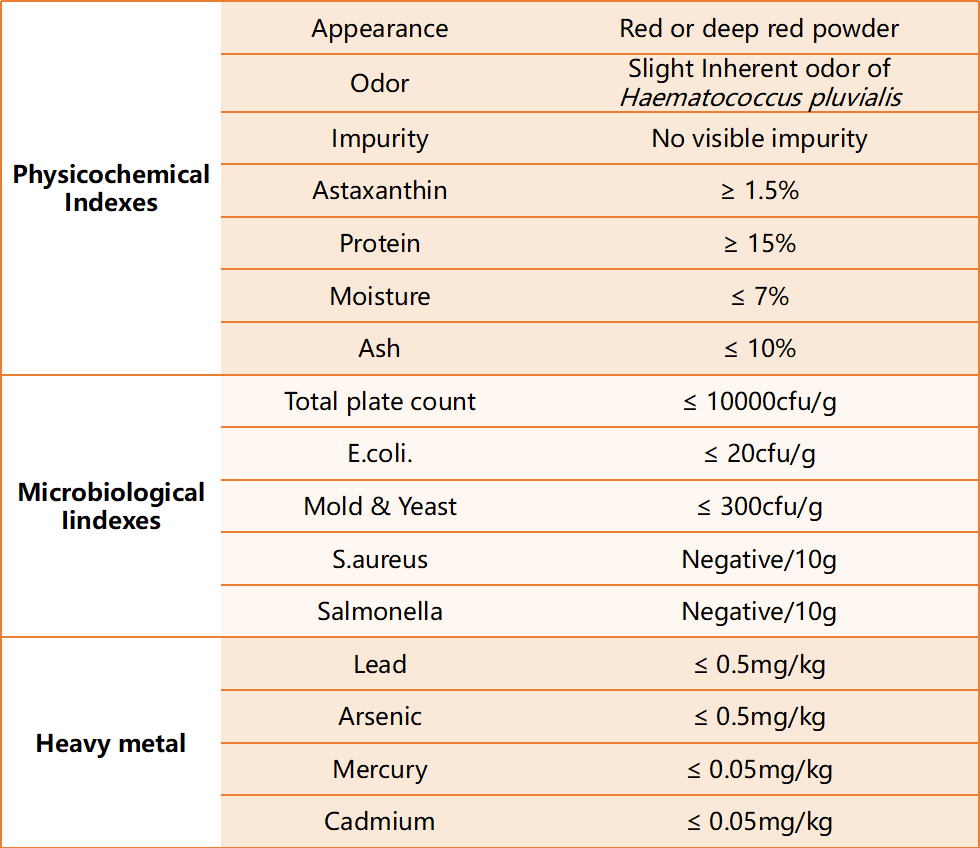© 2023 MJH Life Sciences and Nutritional Outlook. All rights reserved.
© 2023 MJH Life Sciences™ and Nutritional Outlook. All rights reserved. Algae Feed Additive

Natural blue food coloring is becoming more versatile and speaks to a new generation of consumers that wants vibrant colors and clean-label products.
Blue, historically, has been a pretty difficult color to achieve through natural means. Part of the challenge was regulatory due to FDA’s stringent standards. According to Alice Lee, technical marketing manager for GNT USA LLC (Tarrytown, NY), this changed in 2013 when FDA approved a color additive petition from GNT to allow spirulina extract to be used in foods such as dairy products, frozen desserts, confections, and beverages like ready-to-mix prepared beverages and syrups. Prior to this, FDA had approved a color additive petition from Mars Inc. for the use of spirulina extract in candy and chewing gum. In 2022, FDA approved another petition from GNT expanding spirulina extract’s use to ready-to-drink beverages, alcoholic beverages with less than 20% ABV, seasoning mixes and dips, and condiments.
However, another limitation is technical. While spirulina has been a great source of blue color, it’s not without its challenges. This is because it is important to protect the phycocyanins in spirulina from heat and acidity during the manufacturing process. “For maximum color retention, manufacturers should either minimize heat exposure as much as possible or slightly increase the color dosage,” Lee explains. “They should also ensure that any acid used in the formulation is blended in well before adding the spirulina product.”
Some suppliers like GNT have devised ways to make their spirulina more stable in heat and lower-pH ranges. In the case of GNT’s Exberry Blue Beverage Solution, “It means manufacturers can achieve a bright turquoise blue shade in acidified beverages with a pH range between 2.6 to 3.4,” says Lee. “It can also be used alongside our other plant-based concentrates to deliver hues including navy blue, violet, and green.”
Regulatory challenges still remain for the use of spirulina extract as a blue colorant, however. For example, it has yet to be approved for products such as baked goods, high-ABV alcohol, and extruded cereals, explains Lee.
Other Sources of Blue Color
While spirulina is a great natural option for blue colors because it is the closest shade to Blue 1, there are other potential options. One option is butterfly pea flower extract, which FDA approved in 2021. However, depending on the pH, the hue of this extract may be more violent than blue. “The pigment in butterfly pea [flower] extract is an anthocyanin, which means that the color hue is blue only at very high, neutral pH such as [in] dairy products,” explains Lee. “However, most products in the food and beverage categories have a much lower pH; thus, the color hue from butterfly pea [flower] extract will be more violet purple rather than blue.”
Another option that is not yet available commercially but may be on its way is natural blue color from the anthocyanins in red cabbage.1 Red cabbage extracts have been used as natural food colorings particularly for reds and purples, but the blue anthocyanins in red cabbage are only present in very small amounts.
A team of researchers led by scientists at the Mars Advanced Research Institute and Mars Wrigley Science and Technology—in collaboration with the UC Davis Innovation Institute for Food and Health; The Ohio State University; Nagoya University, Japan; the University of Avignon, France; and SISSA University, Italy—have been working on isolating a blue anthocyanin from red cabbage for nearly a decade. They have designed an enzyme that can convert other anthocyanins in red cabbage into the blue color compound at high efficiency. Subsequently, a startup called Peak B was founded by two researchers working on this enzyme: Justin Siegel, PhD, faculty director of the Innovation Institute for Food and Health, and Pamela Denish, PhD, who was a graduate student at the time and is now currently chief science officer of the startup.
Although the color blue has until now been associated with artificial coloring, says Lee, the mentality is shifting into what GNT calls “Healthy Hedonism,” based on its own trend analysis.
“The trend is being driven by Gen Z consumers. They want joy and excitement and—as a digital generation—they’re especially interested in visually striking food and drink that can make an impact on social media. At the same time, they’re also conscious consumers who want healthy, sustainable, and ethical products,” Lee explains. “Natural blues are perfect for the Healthy Hedonism trend…Its optimistic, ethereal, and dreamy palette is ripe for next-gen food and beverage innovation, from nootropic-spiked supplements to functional spirulina spritzes. Its cool ambiance lends itself perfectly to frozen and chilled sweet treats, too.”

Chlorella Tablets Applications where natural color is seeing the most demand currently, says Lee, are gummies and candies as well as fruit snacks and beverages with “a hero ingredient that plays an active role in boosting health—blue spirulina kombucha, for example.